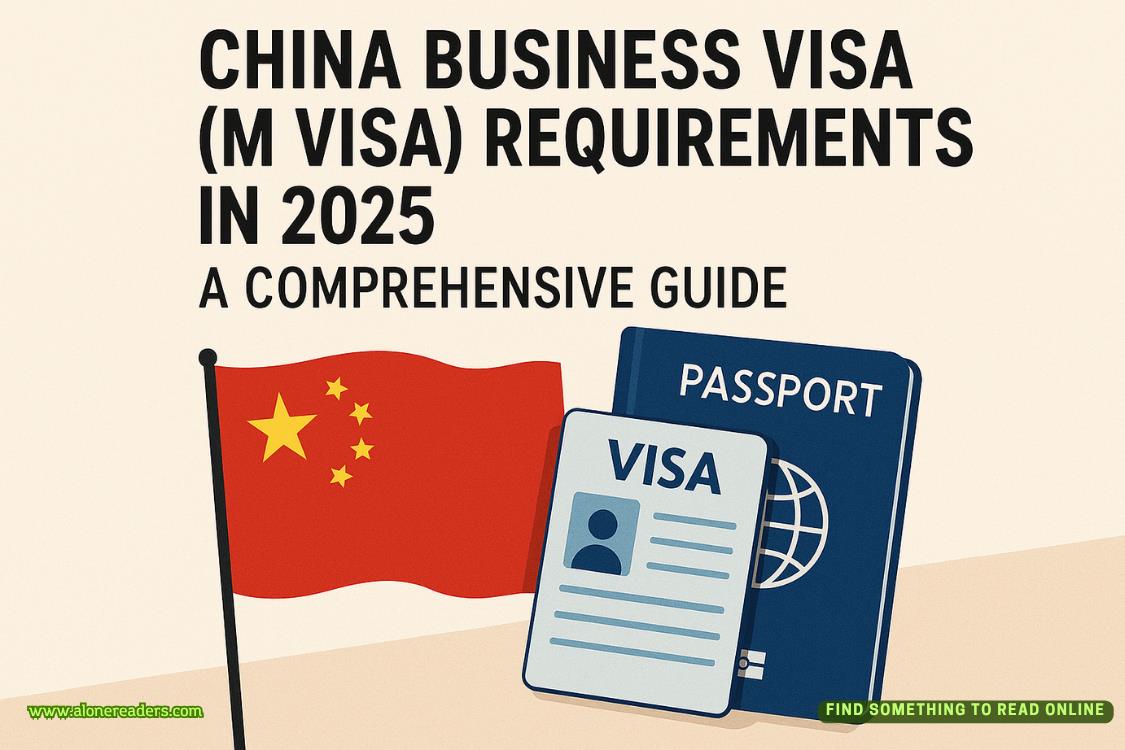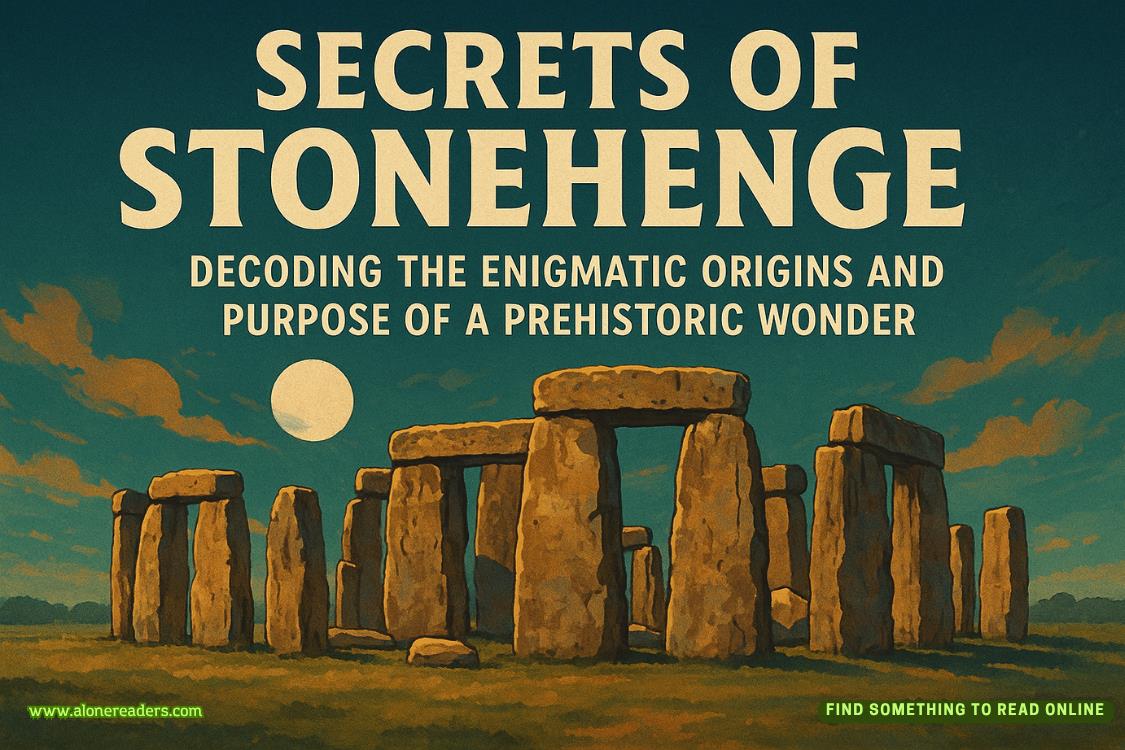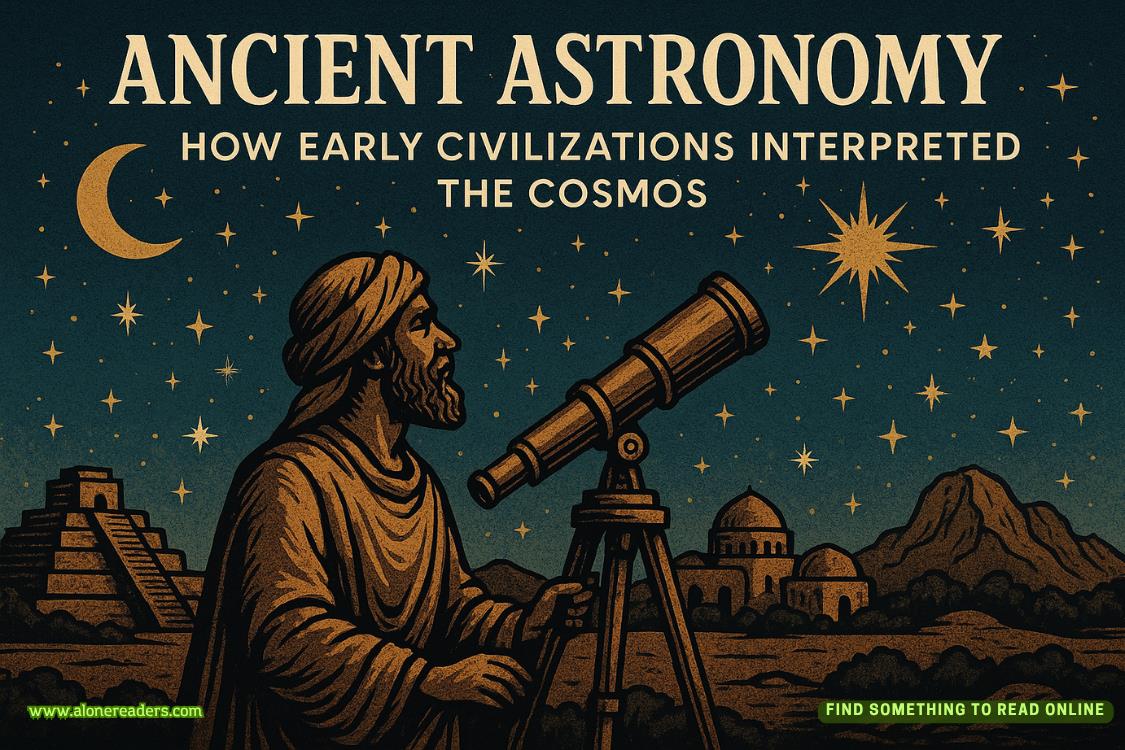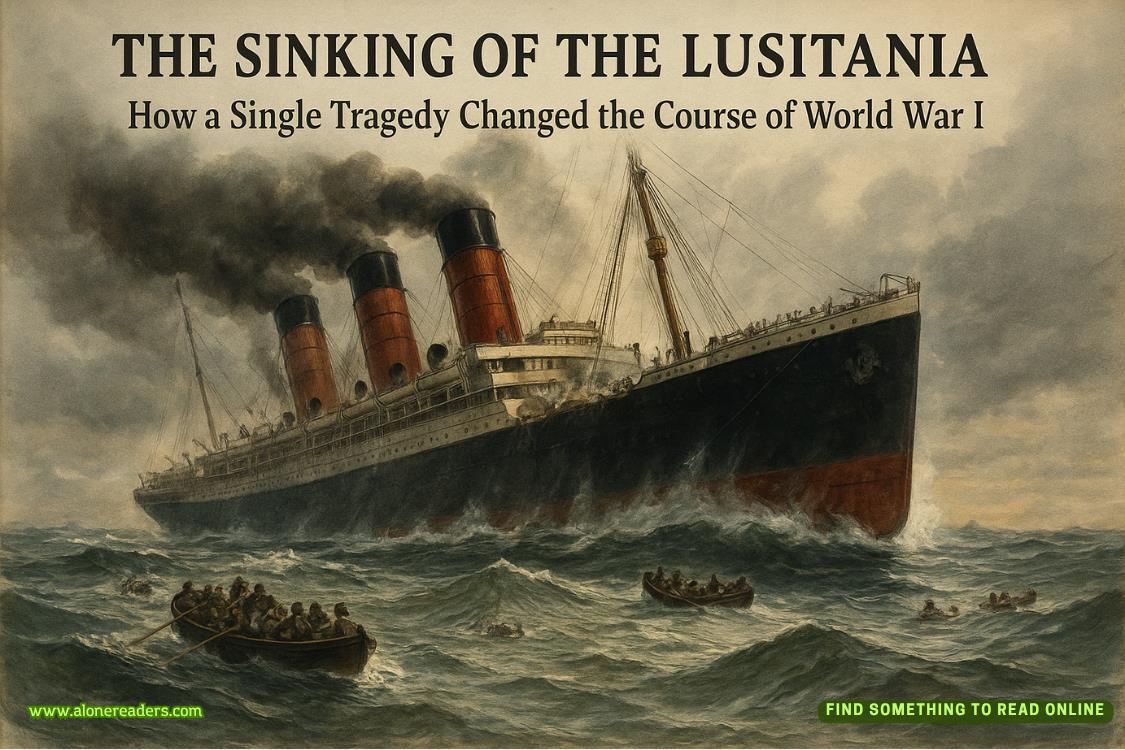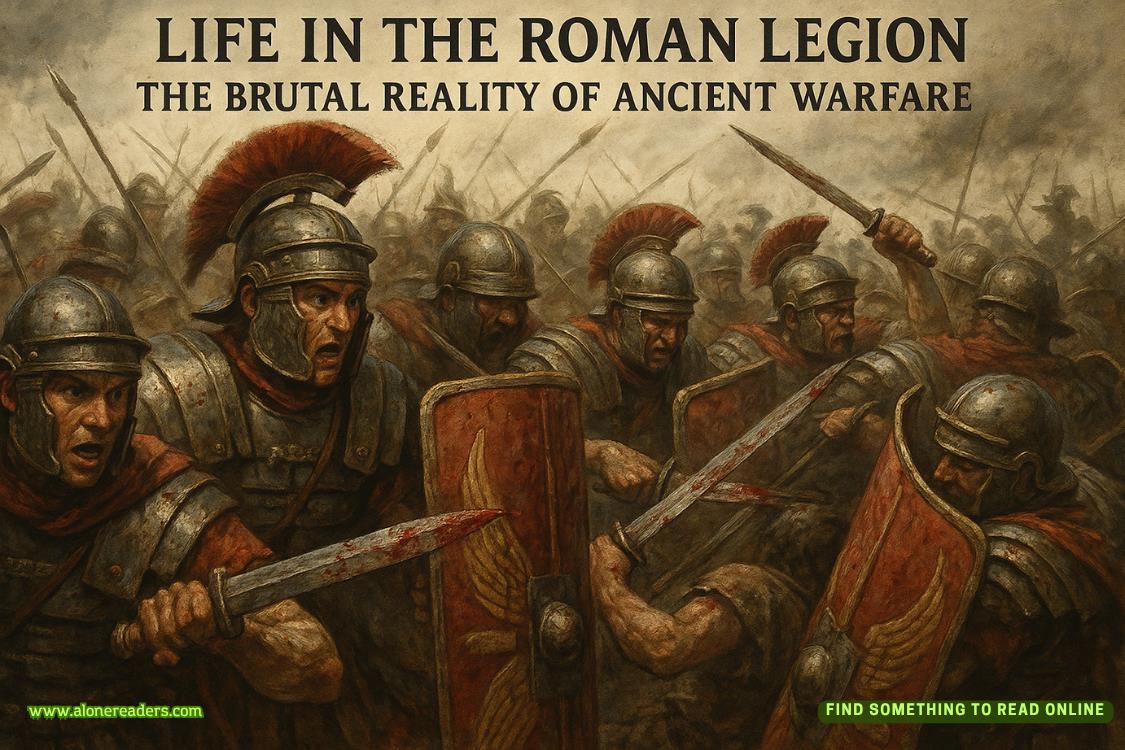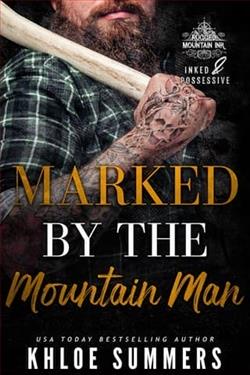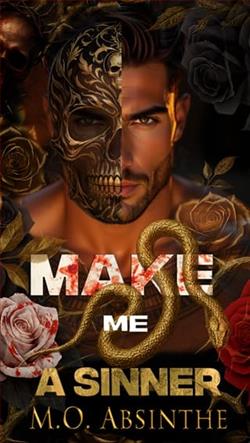Page 49 of The Last Kingdom
“So my brother was successful at the palace, but not so much at the family crypt,” the duke said.
And he listened as Albert told him about the empty tomb.
“Why did you want Stefan to have the book and open the tomb?” Derrick asked.
Albert shrugged. “Both kept him occupied.”
The duke had been the one who warned him about the pending raid on Herrenchiemsee. Albert knew that the CIA had planted an asset close to his brother, the idea being to keep an eye on what Stefan was doing. The duke just did not know the name or any other details.
“And as to the something else in that desk,” Albert said. “In another compartment on the other side. Was I right? Was anything there?”
“I sent a man back to determine just that. I should have that information soon.”
“That’s good. Excellent. Now, I want to show you something.”
The duke stood and walked behind where the throne sat to an exit portal. Derrick followed and they left the hall, passing through a grotto-like chamber. Arcades, slender marble columns, tuffs, crystals, shells, and a fountain cast an outdoor feel.
“All of this was bombed in 1944,” Albert said. “Destroyed. This is a mid-twentieth-century re-creation.”
“It’s stunning.”
They kept walking, passing through another garden hall, and entered what a placard identified as the Ancestral Gallery. The walls were paneled and gilded, dotted with portrait after portrait.
“A hundred and twenty-one images of my ancestors,” the duke said with a sweep of his arm. “All Wittelsbachs except that one there, at the end. Charlemagne himself.”
He admired the paintings, the eighteenth-century equivalent of pictures stored in the cloud. He followed the older man to a display cabinet, white-paneled and glazed, with a mirrored back. It contained a few small vases, plates, and statuettes, along with ornaments and medals.
“These are some of Ludwig II’s personal items that have survived from his time. There’s not much, so these are quite valuable.” Albert opened the cabinet. “I had the curator unlock it earlier. One of the privileges of being duke.”
Albert reached inside and removed a small black box. Sitting atop it was an octagonal silver star, with a companion cross, suspended from a faded red-and-white ribbon.
“This is the Knight’s Grand Cross. The badge of the Royal Order of Kamehameha I. A silver Maltese cross surmounted by the Hawaiian crown.”
He studied the medal. A white-enameled disc on the cross bore an elaborate golden K at its center. The blue-enameled band surrounding it was inscribed “Kamehameha I” in gold letters, together with two golden laurel branches.
“King Kamehameha V created the Royal Order on April 11, 1865. He named it in honor of his grandfather Kamehameha I, who united the Hawaiian Islands and created the first kingship. Both Hawaiians and foreigners were eligible for membership. For the former it was given for distinguished service to the king and the people of Hawaii. For the latter, the medal was part of an outreach by the Hawaiian monarchy to the rest of the world. That Royal Order still exists today, though the kingdom ended long ago.”
It was a beautiful medal.
No question.
“Medals were awarded to foreigners fifty-seven times. Between 1865 and 1881the kings of Siam, Belgium, Spain, Italy, Portugal, and Siberia were given the honor. The emperors of Germany, Austria, China, Russia, and Japan, along with the sultan of the Ottoman Empire, also received it, as did the Queen of England. One of the first to be given the medal, though, in 1865, was the young, newly installed king of Bavaria, Ludwig II. This is his.”
He was amazed. “How would the king of Hawaii, who lived ten thousand miles away, even know of the king of Bavaria?And why would he give him a medal?”
“The Hawaiians were not heathens. Far from it, in fact. Their society was highly evolved. Foreigners who came there, though, thought them ignorant pagans. The Royal Order and the medal was their way of making themselves known on the world stage. Kings connecting with other kings. The better question, my old friend, is why was Ludwig one of thefirstto receive it. He was but the king of a small, insignificant land. Not an emperor or a ruler of a large power.”
He waited for an explanation.
“The answer to that question can be learned from what happened not far from here, on a beautiful summer night in 1881. When this medal was worn for the first and only time by the king of Bavaria himself.”
Ludwig sat across the table and assessed his guest. Torches provided both flickering light and a degree of warmth to the night mountain air. His feet rested on the carpet that covered the alpine grass.
He’d patiently waited as the carriage had approached through the woods, finally stopping along the shores of the Walchensee. His guest was, he’d been told, pure Hawaiian in blood. Now, sitting across from King David Kalakaua, he saw that the man was excessively stout, the skin the darkest of brown, the nose aquiline, the lips thick and full. The face sported muttonchop whiskers and a bushy mustache, along with curly, almost wool-like hair. He wore a dress uniform adorned with epaulettes, stars, and braided cords, along with high boots and a feather-fringed helmet. Both little fingers displayed gold rings. He spoke in perfect French, without the hint of an accent or intonation. Von Löher had told him that Kalakaua had studied law and loved the military, along with all its assorted pageantry.
On that point they differed.
“Majesty,” his visitor said in French. “It is an honor to meet you.”



